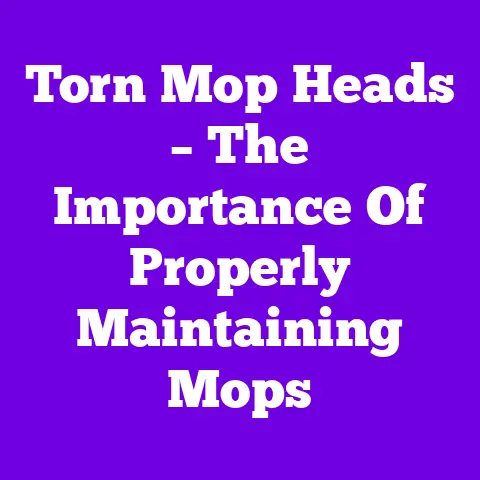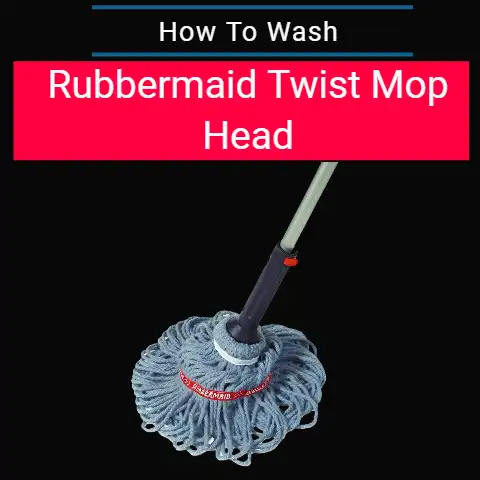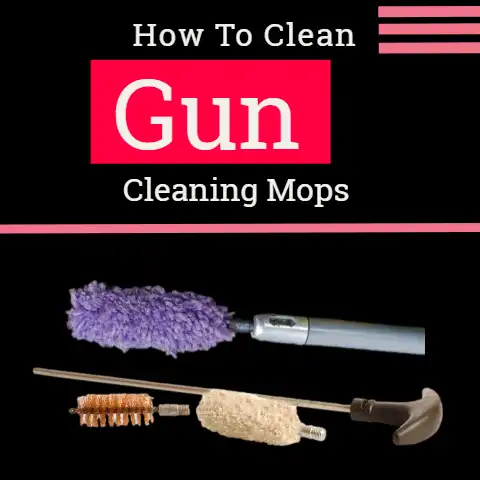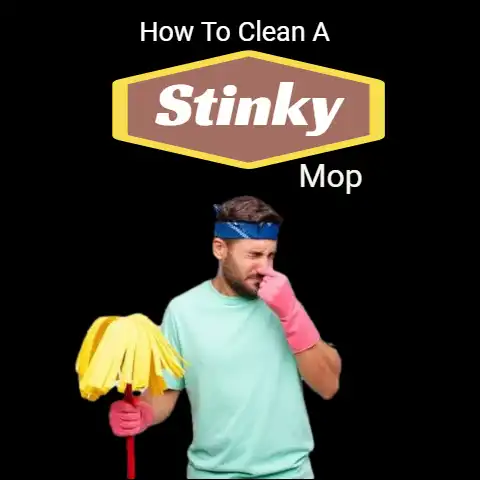Why Mops Can Leave Streaks on Floors (Explained)
When mopping floors, streaks and residue left behind are a common frustration. A mop that leaves streaks indicates an issue with the mop itself, the cleaning solution, or the technique.
Common Causes of Streaky Floors
There are a few common culprits for a mop leaving streaks on floors:
Dirty Mop
A mop that is not thoroughly cleaned or rinsed will transfer dirt and soap residue onto the floor. Over time, mops collect grime, hair, and dirt that can leave streaks if not removed.
Too Much Cleaner
Using too much floor cleaner or soap can lead to streaks as excess soap is not adequately rinsed away.
Dilution Issues
If the cleaning solution is too concentrated or too diluted, it may not clean effectively or leave a residue.
Mopping Technique
Moving the mop too quickly or unevenly can cause streaks. Proper mopping technique is key for an even clean.
Insufficient Rinsing
Not rinsing the floor thoroughly after mopping leaves excess cleaner that dries into streaks.
Hard Water Residue
Mineral deposits in hard water can leave streaks on floors as the water evaporates.
Solutions for Preventing Streaky Floors
Fortunately, with the right troubleshooting, adjustments to method can help prevent a streaky floor after mopping.
#1. Use a Clean Mop Head
Start by inspecting the mop head. Accumulated dirt, grime, soap scum, and stains can transfer back to the floor.
Remove mop heads that are worn out or permanently stained. For reusable mop heads, follow this process:
Wash: Machine wash mop heads regularly using hot water to sanitize and remove residue.
Rinse: Rinse the mop head thoroughly until water runs clear.
Disinfect: Occasionally disinfect with a non-sudsing household cleaner or bleach solution.
Air Dry: Make sure mop heads are completely dry before reusing to prevent mildew smells transferring to floors.
#2. Prepare Proper Cleaning Solution
Diluting floor cleaner improperly can lead to poor cleaning performance and streaking.
Check the floor cleaner’s label for recommended dilution ratios. A general guideline is:
- 1/4 cup (2 oz) cleaner per gallon of warm water for light cleaning
- 1/3 cup (3 oz) cleaner per gallon of warm water for heavier cleaning
Test cleaner on an inconspicuous area first to ensure it will not damage or dull the floor’s finish.
#3. Improve Mopping Technique
Mopping motion impacts cleaning performance and streaking. Follow these technique tips:
Pre-sweep: Sweep or vacuum floors first to remove loose dirt and debris before mopping. This prevents spreading stuck-on dust and dirt.
Direction: Mop in a consistent direction using overlapping strokes side-to-side. Avoid circular or random motions.
Sections: Divide the floor into sections and do one section at a time for organized mopping.
S-shape: Use an S-shaped mopping pattern systematically covering the section.
Pressure: Apply even pressure as you push-pull the mop in long strokes. Too much pressure can create deeper streaks.
Speed: Mop at a steady pace overlapping strokes. Going too fast can cause streaks.
Rinsing: Frequently rinse dirty mop water and re-wet the mop head to prevent redepositing dirt.
Rotate: Rotate to a clean mop head as needed if stripes or streaks appear.
#4. Rinse Floors Thoroughly
After mopping, it is critical to rinse the floor well with clean water. This prevents soap residue and mineral deposits from evaporating into streaks.
Rinsing tools: Use a separate rinse mop, sponge mop, or floor squeegee to remove residue water. Avoid using dirty mop heads.
Clear water: Rinse with clean, cool water changed frequently. Pour additional water to prevent redepositing dirt.
Blot dry: Blot up remaining dirty water with towels until no streaks appear. Microfiber cloths are very effective for absorbing water.
Avoid flooding: Excess standing water that air dries can still leave mineral residue.
#5. Address Hard Water Streaks
If streaks develop even after thoroughly rinsing, hard water is likely the culprit. Water with high mineral content leaves residue when evaporating.
Remove hard water deposits: Use white vinegar diluted with water to dissolve mineral buildup. Rinse thoroughly after.
Install water softener: A whole-house or faucet water softener removes minerals to prevent recurring hard water stains.
Squeegee: Quickly squeegee remaining water after rinsing to speed drying before deposits form.
Add rinse aid: Adding a squeegee rinse aid helps water sheet off evenly.
Tips for Specific Flooring Types
Certain flooring types require specialized care to prevent mopping streaks:
Natural Stone Tile Floors
Use pH-neutral cleaners to avoid etching and eroding grout or stone. Rinse thoroughly and soak up water to prevent mineral deposits.
Vinyl Floors
Avoid oil-based cleaners which can stain vinyl. For stubborn spots, use a white nylon scrubbing pad instead of abrasive scrub brushes. Rinse thoroughly.
Laminate Floors
Only use damp mopping, not wet mopping, on laminate floors. Blot up water immediately to prevent warping boards or water marks between seams.
Hardwood Floors
Always wring mops well before use. Wet mopping can damage wood floors over time. Move with wood grain and blot dry any excess moisture.
Outdoor Porous Stone and Concrete
Pressure wash outdoor porous stone after sweeping away debris. Let the area dry completely before sealing or applying protective treatments.
Preventative Measures
Implementing good cleaning habits is key for avoiding recurring issues with streaky floors after mopping.
Maintain Mops
Follow regular mop maintenance to prevent dirt buildup:
- Machine wash microfiber mop pads after each use
- Disinfect traditional string mops with bleach
- Replace worn-out mop heads
Allow mops to dry thoroughly before storing to prevent mildew and odors.
Sweep First
Remove loose dirt, debris, and grit through regular sweeping and vacuuming. This prevents mops from spreading stuck-on mess when wet mopping.
Good Ventilation
Allow floors to dry completely before walking on them. Improve airflow with fans, dehumidifiers, and air conditioning.
Protect Floor Finish
Apply floor finish or wax regularly to seal and protect floors from staining. Use finish compatible with floor type.
Entryway Mats
Use outdoor and indoor mats to trap dirt and moisture from shoes. This prevents tracked-in mess from embedding on floors.
FAQ: Troubleshooting Streaky Floors
Still seeing pesky streaks? Review these common questions for additional troubleshooting:
Why does my newly-mopped floor look streaky as it dries?
This typically occurs due to soap residue or hard water deposits left behind after mopping. Ensure floors are rinsed thoroughly until water runs clear. As the floor dries, blot with towels to absorb excess moisture. A squeegee or rinse aid can also help water evaporate evenly.
Why do streaks reappear soon after I mop?
If streaks return shortly after mopping, the floor was likely not cleaned thoroughly. Go over high traffic areas using firm pressure and allow more dwell time for cleaner to dissolve stuck-on grime before rinsing. Increase cleaner concentration if needed.
How can I get rid of streaks on old vinyl floors?
Old sheet vinyl can develop darkened streaks and stains over time. Try a deep cleaning using an alkaline-based vinyl floor cleaner to help lift stains. Apply cleaner and let dwell for 10 minutes before scrubbing and rinsing. Repeat process if needed.
What causes dull streaks on my laminate floors?
If laminate floors develop dull, greasy-looking streaks, an improper cleaning solution is likely causing a residue buildup. Switch to a cleaner made specifically for laminate floors and rinse thoroughly moving forward. Avoid oil-based cleaners.
Why does my floor have white streaks forming?
White streaks that form after drying indicate mineral deposits from hard water or alkaline cleaner residue. Wipe down the floor using a white vinegar and water solution to dissolve mineral deposits. Going forward, use a pH-neutral cleaner and rinse thoroughly after mopping.
In Closing
While mopping floors seems straightforward, streaks and residue getting left behind are a common frustration. Paying attention to the condition of mops along with using the proper cleaning technique and floor care can help prevent this issue.
Implementing preventative cleaning habits like frequent sweeping, using entry mats, allowing airflow, and maintaining floor finish will also reduce streaks long-term.
With the right troubleshooting, tools, and method, sparkling clean floors without pesky streaks can be achieved. Just take it one section at a time!






